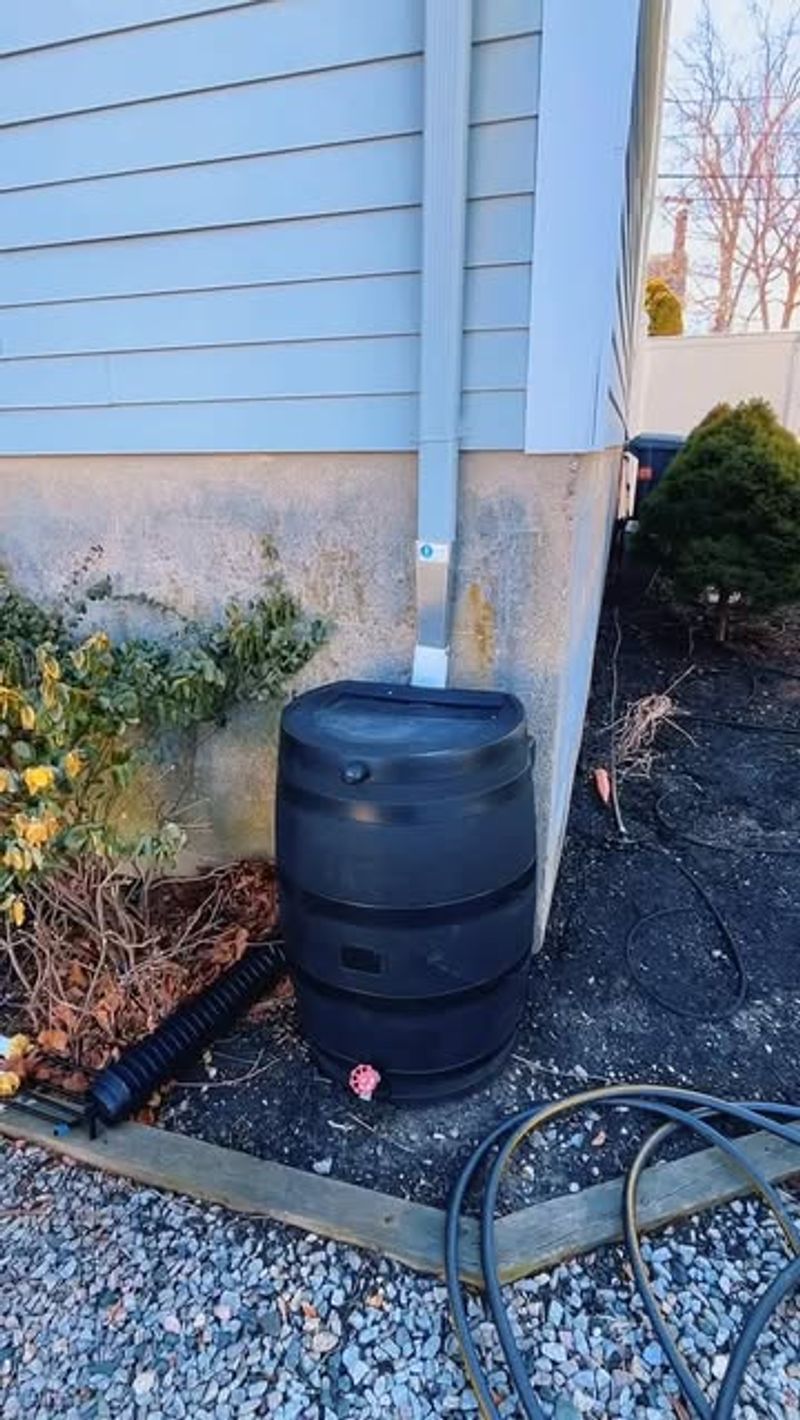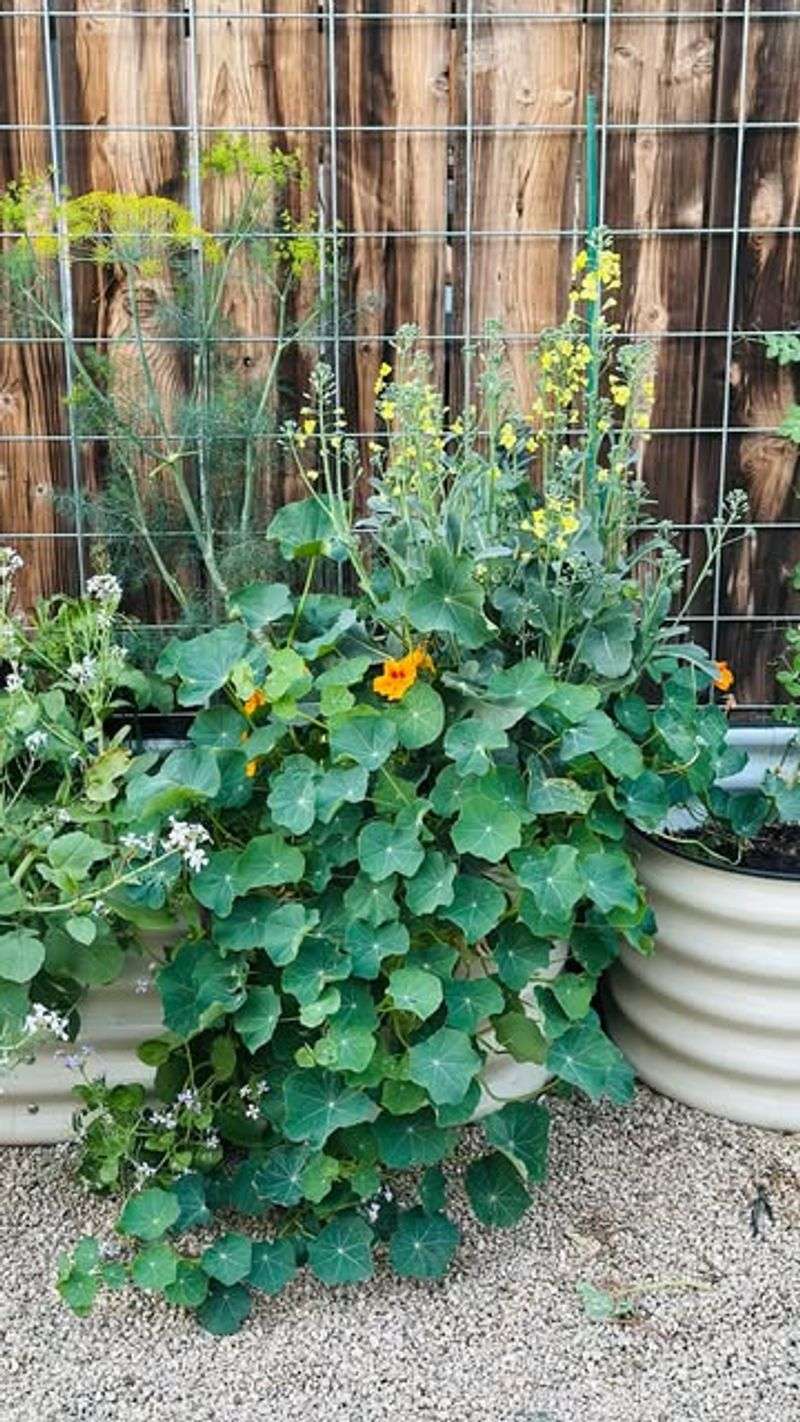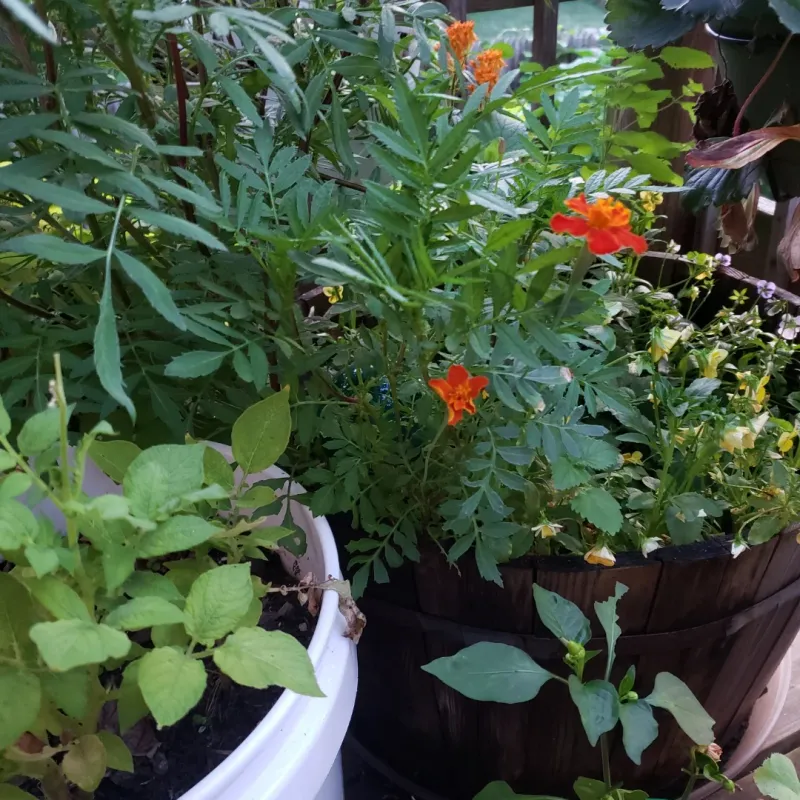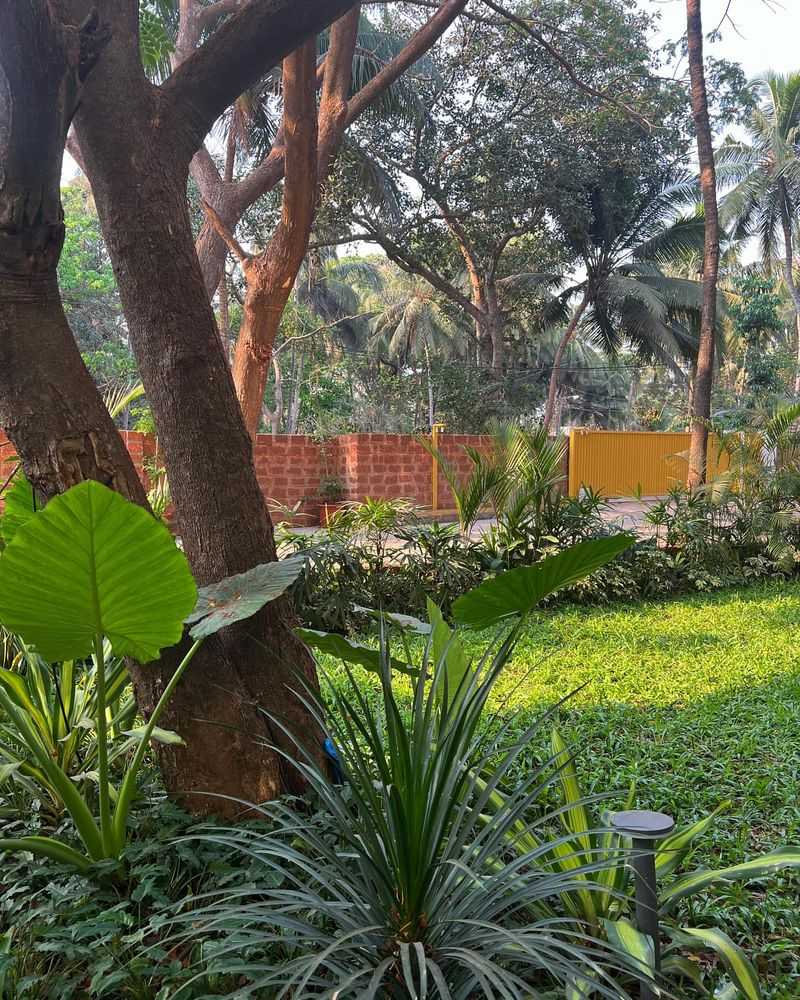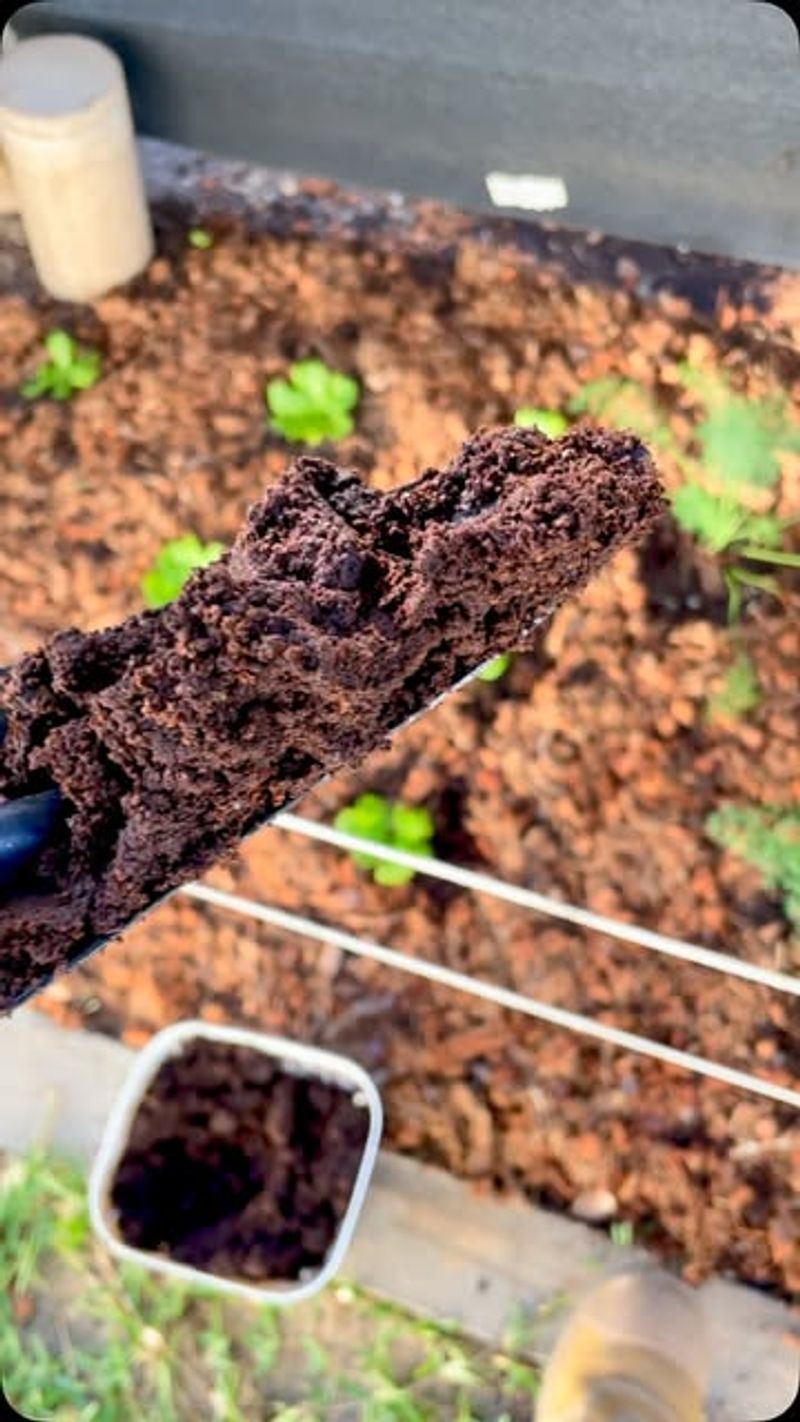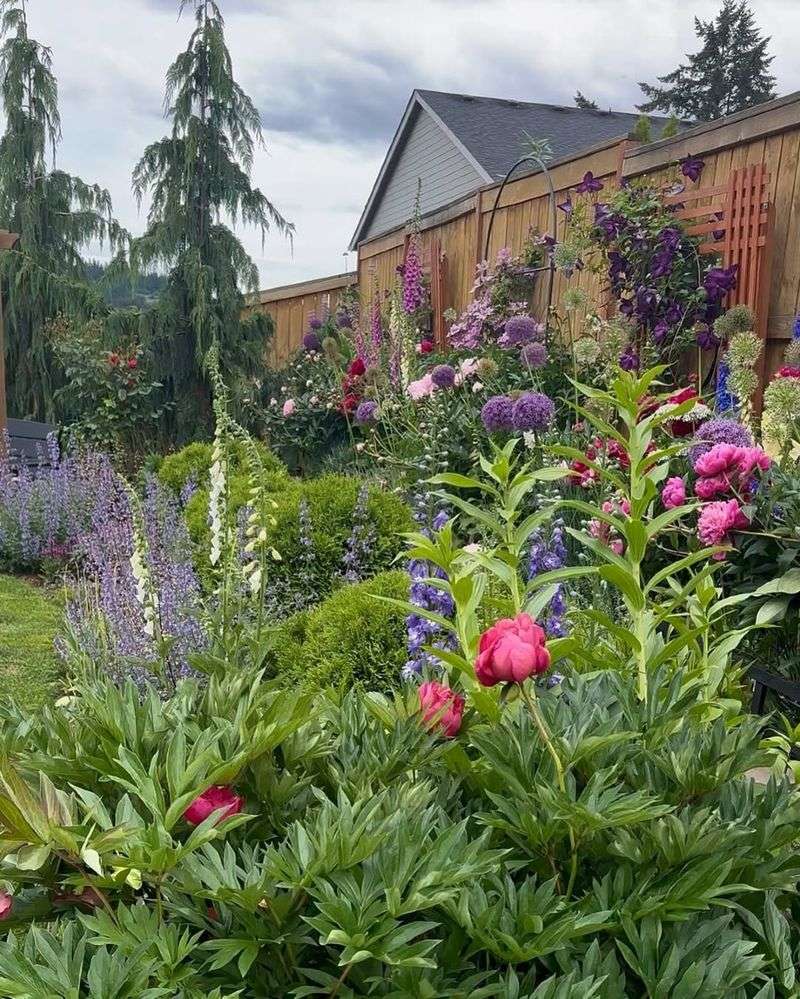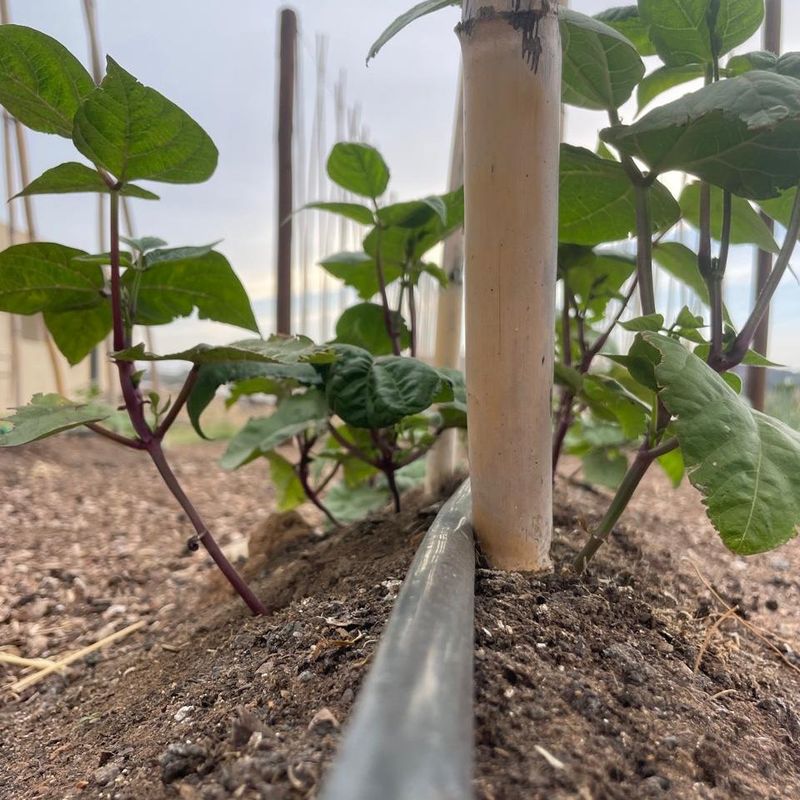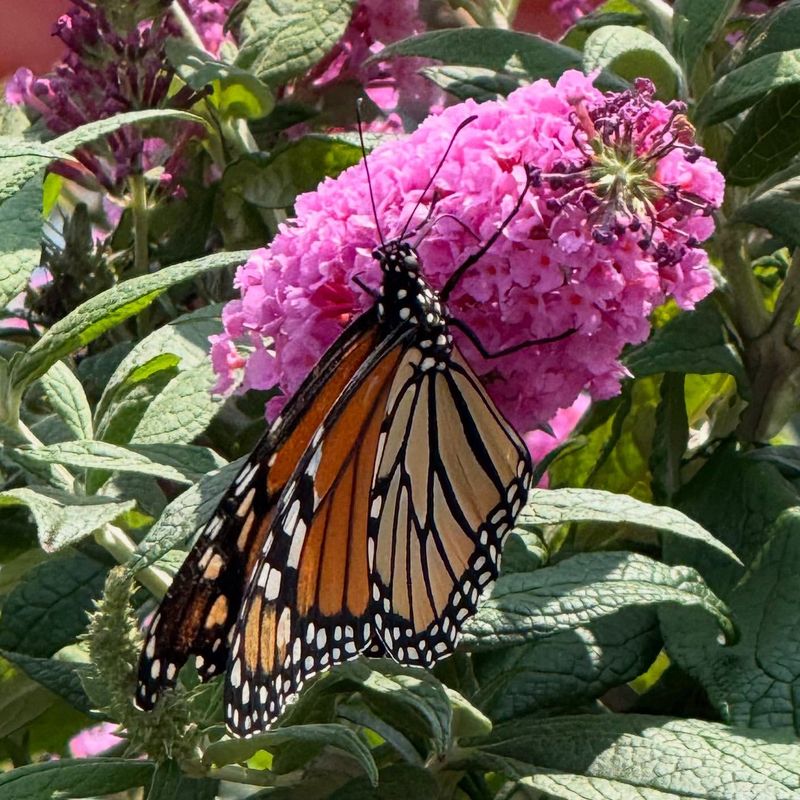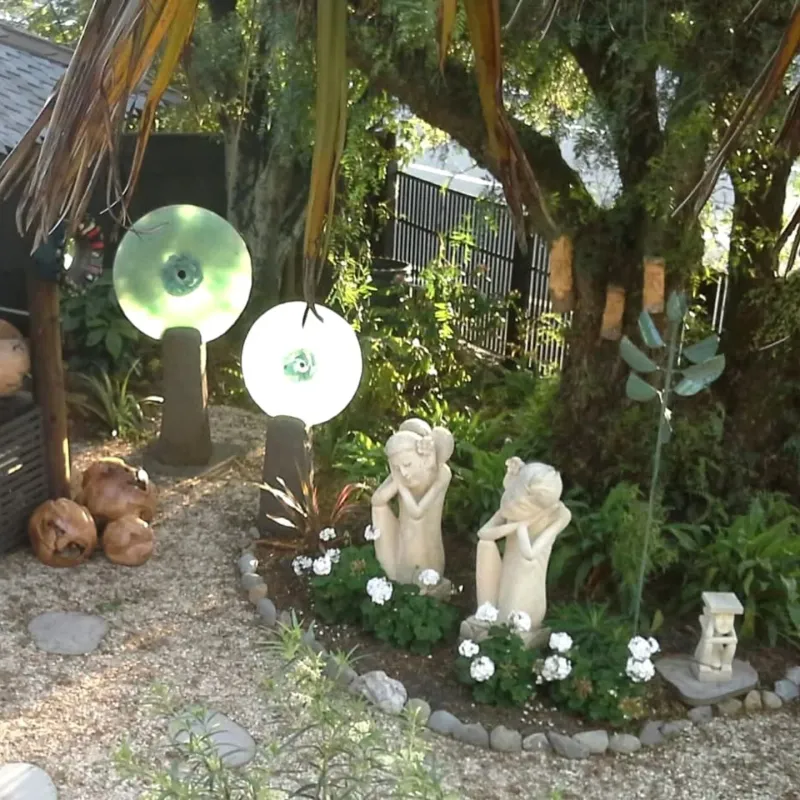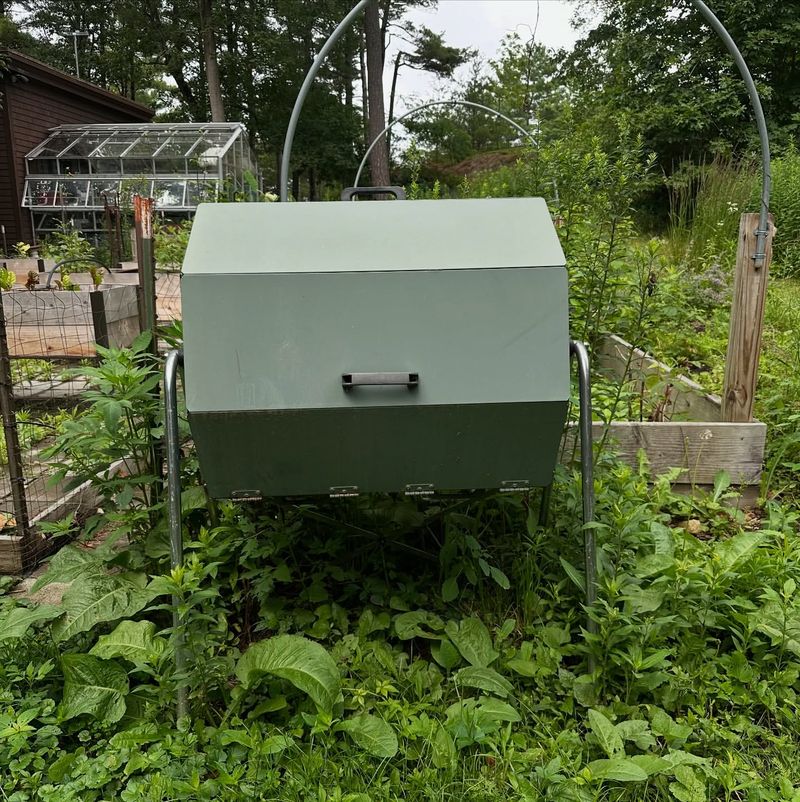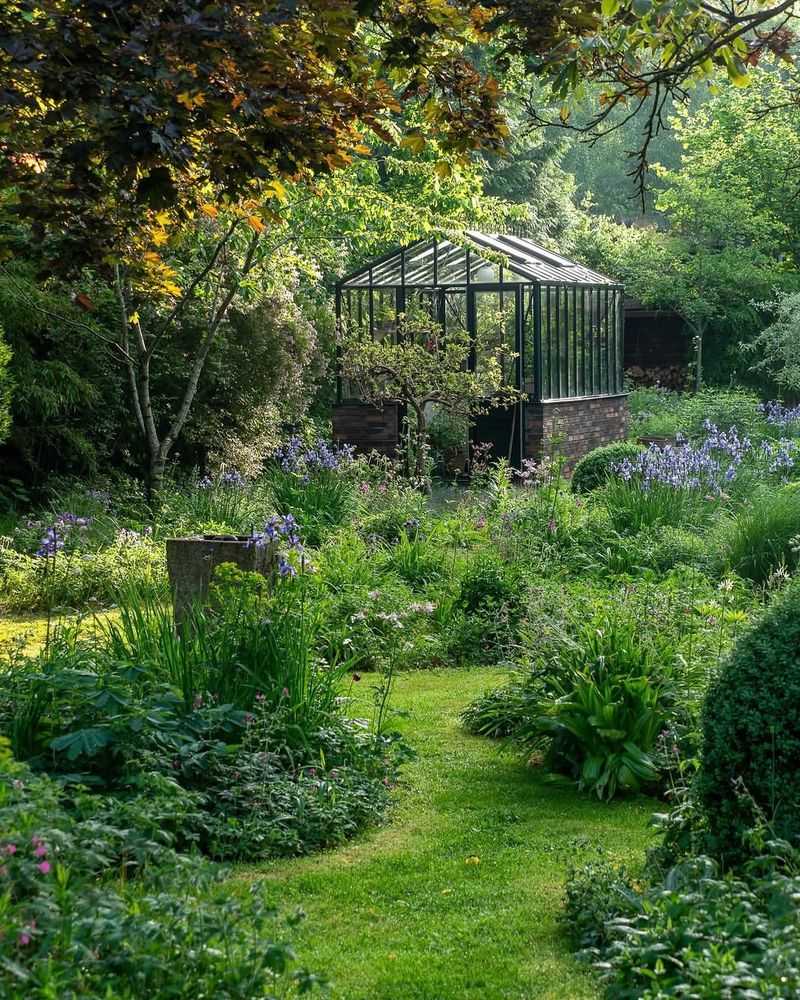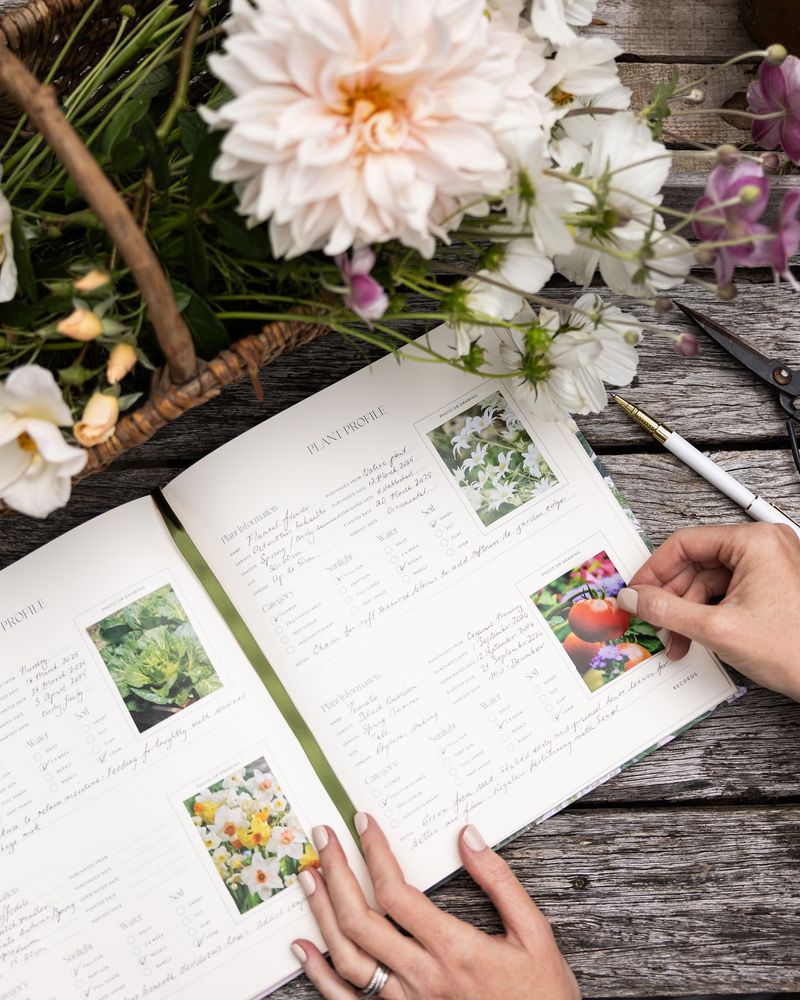Every time I walked past my neighbor’s yard in Charlotte, I wondered how they made it look so perfect—every plant thriving, not a weed in sight. I finally asked, and what I learned changed how I garden.
Turns out, it wasn’t fancy tools or endless hours—it was a few smart habits anyone can follow. If you’re chasing garden goals, these simple tips might just be your shortcut.
1. Native Plants Thrive Effortlessly
Carolina jasmine and black-eyed Susans flourish in my neighbor’s garden with minimal care. These native plants have adapted to Charlotte’s climate over thousands of years.
Unlike exotic varieties that demand constant attention, natives resist local pests naturally and handle our summer heat waves without wilting. My neighbor waters these beauties just once a week, even during July!
2. Mulch Is Garden Magic
Pine straw mulch covers every inch of soil in my neighbor’s garden beds. The reddish-brown blanket keeps moisture locked in during scorching Charlotte summers and prevents weeds from taking hold.
Beyond practicality, this mulch adds a tidy, finished look that frames each plant perfectly. Come fall, it breaks down gradually, feeding nutrients back into the soil without any extra work.
3. Rain Barrels Save Money
Two large blue barrels sit discreetly behind flowering shrubs, collecting precious rainwater from the roof. During Charlotte’s occasional dry spells, these reservoirs become garden lifesavers.
My neighbor connected simple hoses with shut-off valves for easy access. One full barrel can water the entire vegetable patch! The collected rainwater lacks chlorine, making plants noticeably happier than those watered from the tap.
4. Vertical Gardening Maximizes Space
Cucumber vines climb cheerfully up trellises while hanging baskets overflow with cherry tomatoes. My neighbor’s garden defies its modest size through clever vertical solutions.
Even bean plants twist upward on strings attached to the fence. This approach not only doubles growing space but also improves air circulation, reducing fungal problems common in Charlotte’s humidity. Bonus: vertically-grown vegetables develop straighter, cleaner shapes!
5. Companion Planting Prevents Pests
Marigolds border every vegetable bed, their bright orange blooms more than just pretty faces. These flowers naturally repel harmful insects while attracting beneficial ones.
Basil grows alongside tomatoes, improving their flavor while deterring hornworms. Nasturtiums act as sacrificial plants near the cabbage patch, drawing aphids away from valuable crops. This natural pest management system means my neighbor rarely needs chemical solutions.
6. Strategic Shade Creates Microclimates
Morning sun bathes the eastern beds where tomatoes and peppers thrive. By afternoon, tall sunflowers and a strategically placed trellis cast cooling shadows over heat-sensitive lettuce.
My neighbor mapped sun patterns throughout the seasons before planting. This careful planning creates perfect microclimates for different plants’ needs. Hostas and ferns flourish in permanent shade beneath the maple tree, while sun-loving zinnias bloom brilliantly in the open areas.
7. Coffee Grounds Boost Soil Health
Every morning, spent coffee grounds find their way into my neighbor’s garden instead of the trash. Azaleas, rhododendrons, and blueberries especially love this acidic treat sprinkled around their bases.
The grounds gradually release nitrogen while improving soil texture. Earthworms go crazy for this coffee feast, multiplying rapidly and aerating the soil naturally. My neighbor collects extra grounds from a local café, proving one person’s waste becomes garden treasure.
8. Four-Season Planning Ensures Continuous Bloom
Snowdrops peek through February frost while nearby, dormant coneflower seeds await summer’s heat. My neighbor’s garden never sleeps because of thoughtful succession planting.
Spring daffodils give way to summer dahlias, followed by fall asters and winter hellebores. A gardening journal tracks bloom times, allowing for adjustments each year. Charlotte’s mild winters enable nearly year-round interest, with evergreen structural plants filling visual gaps between flowering seasons.
9. Drip Irrigation Saves Time
Thin black tubes snake discreetly through garden beds, delivering water directly to plant roots. This drip system runs on a timer, freeing my neighbor from daily watering chores.
Water conservation is impressive – these targeted drips use 70% less water than sprinklers. During Charlotte’s water restrictions, this garden stayed lush while others withered. The system cost under $100 to install and pays for itself through lower water bills each season.
10. Herbs Double as Landscape Plants
Rosemary bushes form a fragrant border alongside the garden path instead of hiding in a dedicated herb section. Thyme spills between stepping stones, releasing its scent with each footstep.
Lavender creates a stunning purple hedge that buzzes with pollinators. My neighbor integrates edible herbs throughout the landscape for both beauty and function. Charlotte’s climate allows these Mediterranean herbs to thrive year-round, providing fresh flavors for cooking while saving space.
11. Pollinators Need Dedicated Habitats
A small puddle of water sits atop flat stones, providing drinking spots for butterflies and bees. Nearby, a bee house made from drilled wood blocks hosts solitary native pollinators.
My neighbor purposely leaves some areas slightly wild – milkweed for monarch butterflies and undisturbed leaf litter for beneficial insects. These pollinator-friendly zones ensure abundant harvests through better fruit set. Charlotte’s position along migration routes makes this garden a crucial butterfly rest stop.
12. Garden Art Creates Year-Round Interest
A copper wind spinner catches afternoon light between plantings, creating movement even on still days. Glass orbs in jewel tones nestle among hostas, reflecting and magnifying their lush greenery.
My neighbor strategically places these artistic elements to draw the eye during seasonal transitions. A mosaic stepping stone path leads visitors through the garden experience. These weatherproof art pieces maintain visual interest during Charlotte’s brief winter dormancy when fewer plants are blooming.
13. Compost Fuels Garden Success
Behind the shed sits a three-bin composting system that transforms kitchen scraps and yard waste into black gold. My neighbor layers green materials (vegetable peels) with brown ones (fallen leaves) to create perfect decomposition conditions.
This homemade compost feeds the garden without chemical fertilizers. The rich humus improves Charlotte’s clay soil structure dramatically. One bin processes fresh materials while another cures finished compost, ensuring a continuous supply throughout the growing season.
14. Garden Zones Create Visual Flow
The vegetable patch transitions seamlessly into a butterfly garden through a curved pathway. Beyond that, a small meditation area features a bench surrounded by fragrant plants.
My neighbor designed distinct garden rooms that invite exploration while maintaining cohesion. Repeated elements like black-eyed Susans appear in multiple zones, creating visual connections. This thoughtful layout makes a modest Charlotte lot feel expansive and organized without seeming rigid.
15. Record-Keeping Improves Results Year After Year
A weatherproof notebook lives in the garden shed, filled with planting dates, harvest yields, and weather observations. My neighbor photographs the garden monthly to track its evolution.
These detailed records prevent repeating mistakes and build on successes. Notes about which tomato varieties resisted Charlotte’s humidity or which flowers attracted the most hummingbirds guide future decisions. This systematic approach transforms gardening from guesswork into a continuously improving science.




